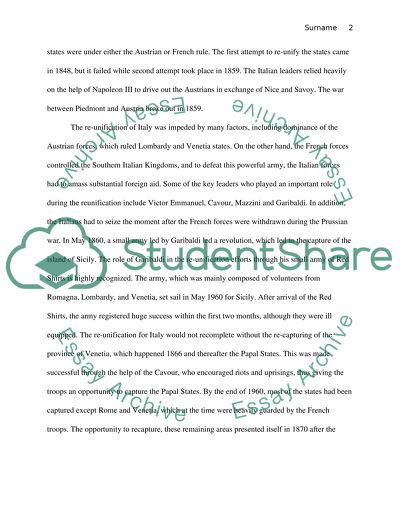Cite this document
(“Women during the Italian Risorgimento Research Paper”, n.d.)
Women during the Italian Risorgimento Research Paper. Retrieved from https://studentshare.org/history/1492570-women-during-the-italian-risorgimento
Women during the Italian Risorgimento Research Paper. Retrieved from https://studentshare.org/history/1492570-women-during-the-italian-risorgimento
(Women During the Italian Risorgimento Research Paper)
Women During the Italian Risorgimento Research Paper. https://studentshare.org/history/1492570-women-during-the-italian-risorgimento.
Women During the Italian Risorgimento Research Paper. https://studentshare.org/history/1492570-women-during-the-italian-risorgimento.
“Women During the Italian Risorgimento Research Paper”, n.d. https://studentshare.org/history/1492570-women-during-the-italian-risorgimento.


